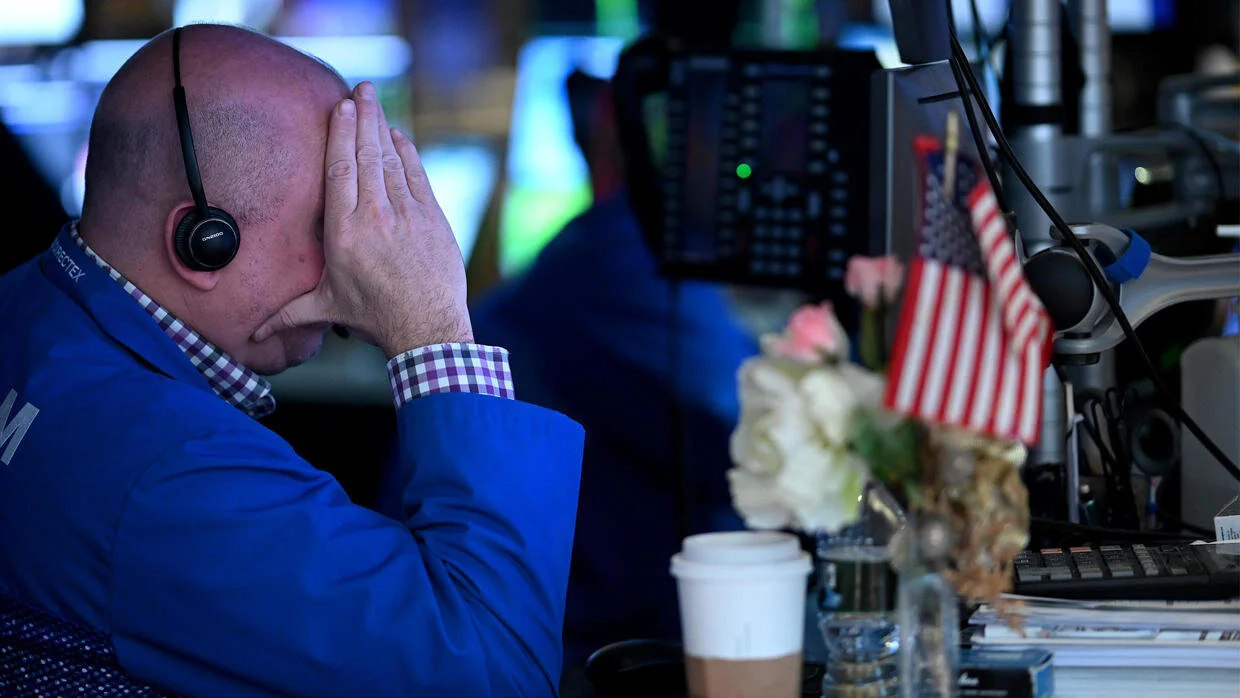“How can the stock market go up, while the economy is still struggling to recover amid the pandemic?” The answer is that the stock market is not the economy and vice versa.
Read MoreIt’s official: the coronavirus health pandemic has become a financial pandemic. Already, tens of thousands of workers are being laid off, especially in the airline, hotel and hospitality sectors.
Read MoreThe Federal Reserve announced emergency actions to guard against the coming economic impact of Coronavirus.
Read MoreWelcome to the stock market roller coaster! It’s a bit jarring, especially on the heels of the tranquil 2017 merry go round, but as the bull market in stocks enters its tenth year, volatility abounds. Investors probably feel a bit of relief that the major indexes finished the first three months of the year with relatively small losses (Dow down 2.5 percent, the S&P 500 dropped 1.2 percent and the Russell 2000 was off 0.4 percent) or gains (NASDAQ up 2.3 percent, despite a 9.5 percent drop in Facebook) but that’s like saying the roller coaster ride ended in the small place that it started: what happened in between is where the action occurred.
Read MoreWhat better way to celebrate the ninth anniversary of the bull market than with a strong employment report? The economy created a better than expected 313,000 new jobs in February, higher than the anticipated 200,000. The strength was seen across a variety of sectors: retail increased by 50,300, construction was up 61,000, manufacturing added 31,000 jobs and professional & business services employment added 50,000.
Read MoreWorries about rising inflation have spooked stock and bond investors. As a reminder, inflation occurs when the prices of goods and services rise and as a result, every dollar you spend in the economy purchases less. The annual rate of inflation over from 1917 until 2017 has averaged just over 3 percent annually. That might not sound like much, but consider this: today you need $7,272.09 in cash to buy what $1,000 could buy in 50 years ago.
Read More





